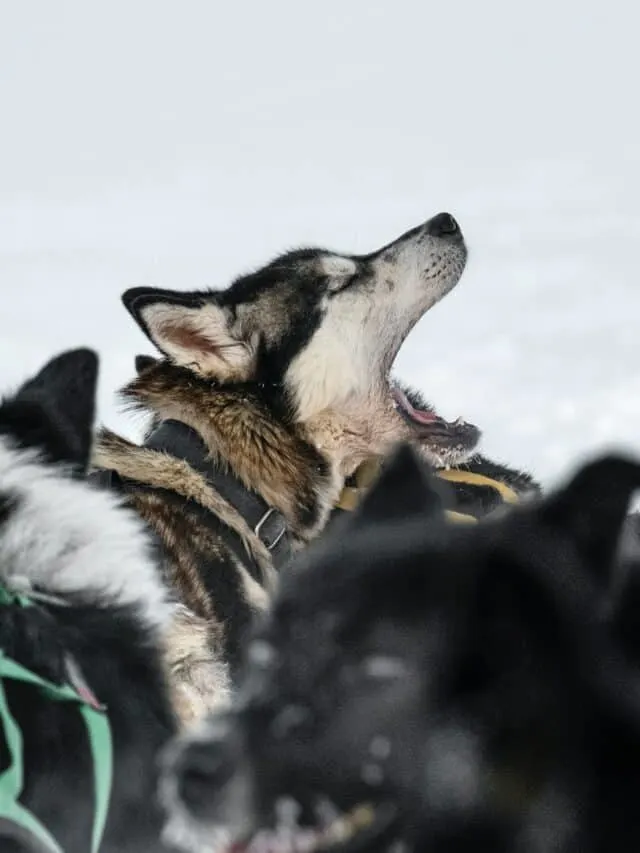Alaska, the last frontier, is home to a diverse array of wildlife that has adapted to its challenging and unforgiving environment. From the icy tundras to the lush forests, these animals have evolved distinct characteristics that enable them to survive in one of the most extreme environments on Earth.
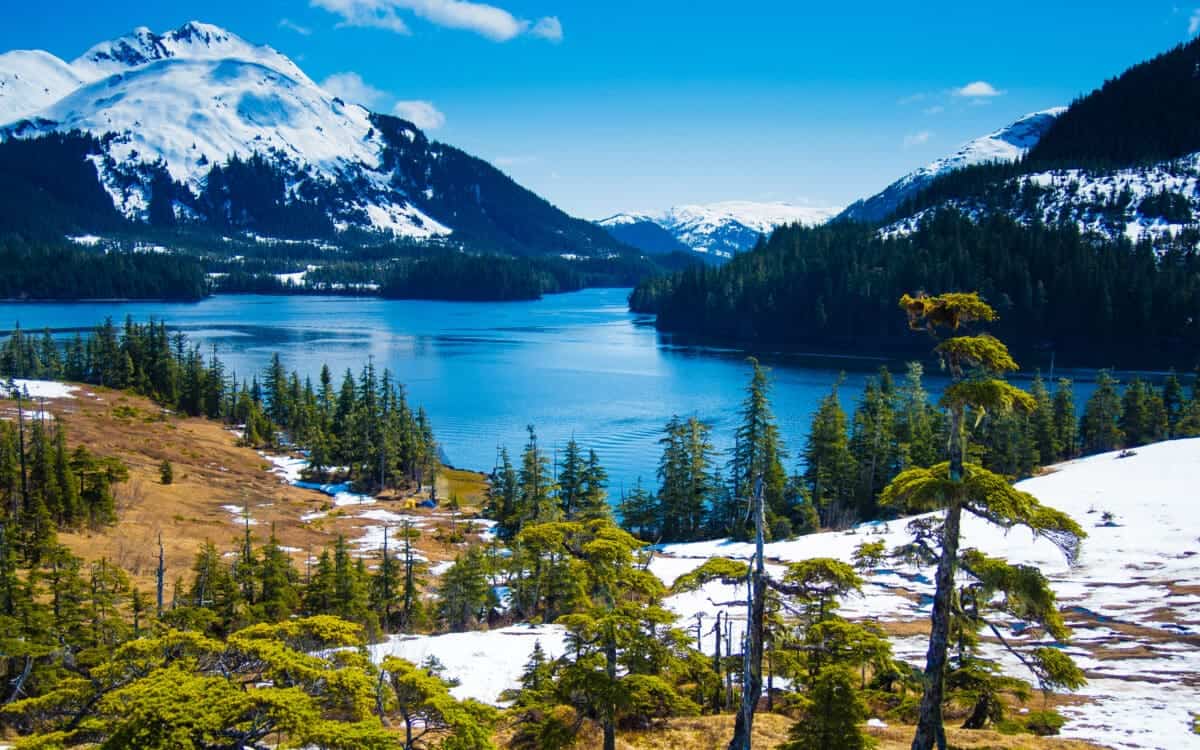
Grizzly Bears (Ursus arctos horribilis):
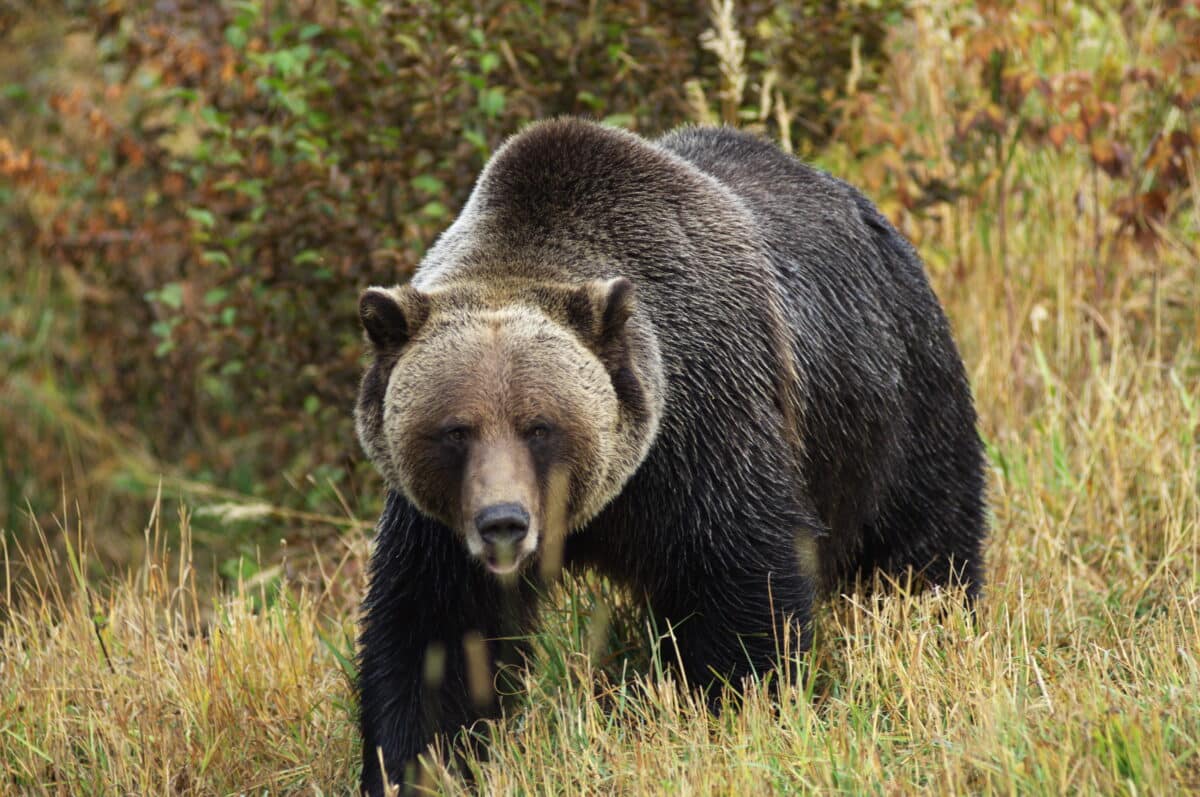
Grizzly bears are iconic symbols of Alaska’s wilderness. These massive mammals are omnivores, with a diet that includes berries, roots, fish, and small mammals. They can weigh anywhere from 500 to over 1,500 pounds, standing on their hind legs at a towering height of 8 feet. Grizzlies are formidable hunters, relying on their keen sense of smell to locate prey such as salmon during the spawning season. Their powerful claws and strong jaws aid in catching and consuming their prey.
Wolves (Canis lupus):
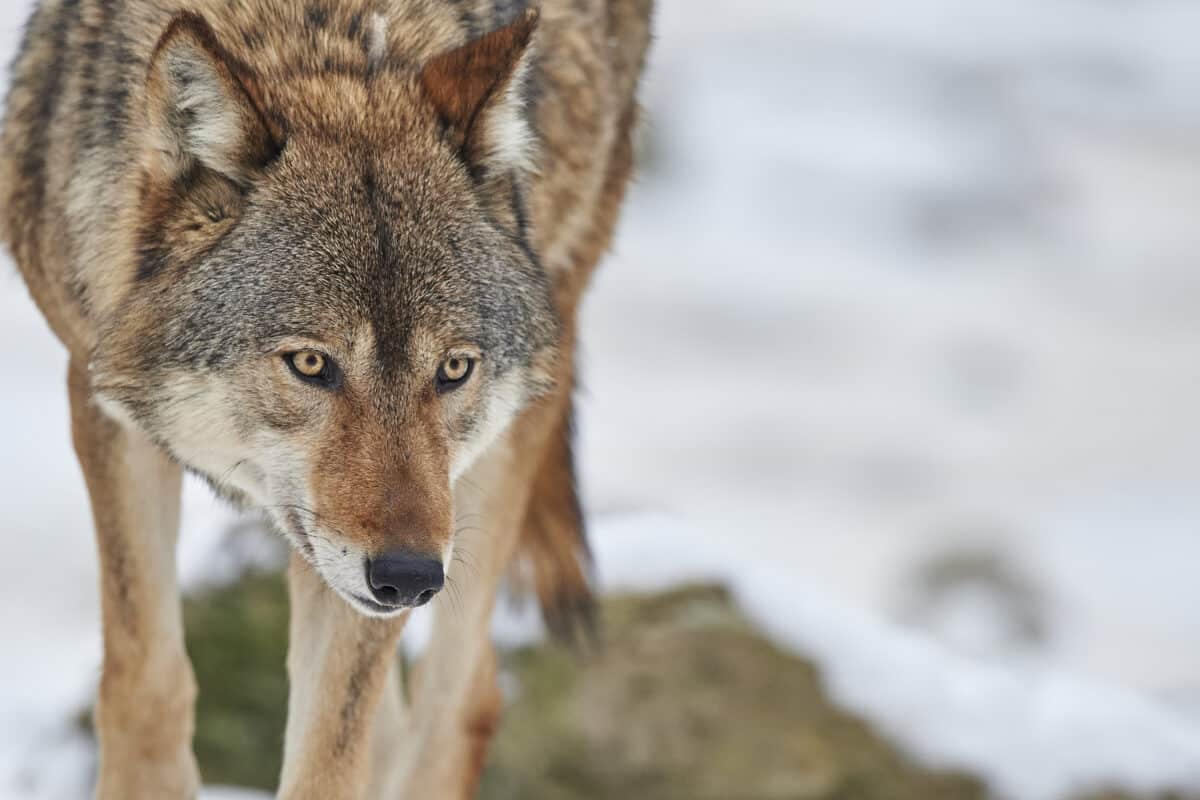
Alaska’s gray wolves are skilled predators that hunt in packs. Their diet is diverse and includes caribou, moose, and smaller mammals like hares and rodents. Wolves are highly adaptable, with a keen sense of teamwork that allows them to take down larger prey. Adult wolves typically weigh between 70 to 150 pounds, with a shoulder height ranging from 26 to 32 inches. Their hunting strategy involves cooperation and coordination, making them one of the top predators in the Alaskan wilderness.
Bald Eagles (Haliaeetus leucocephalus):
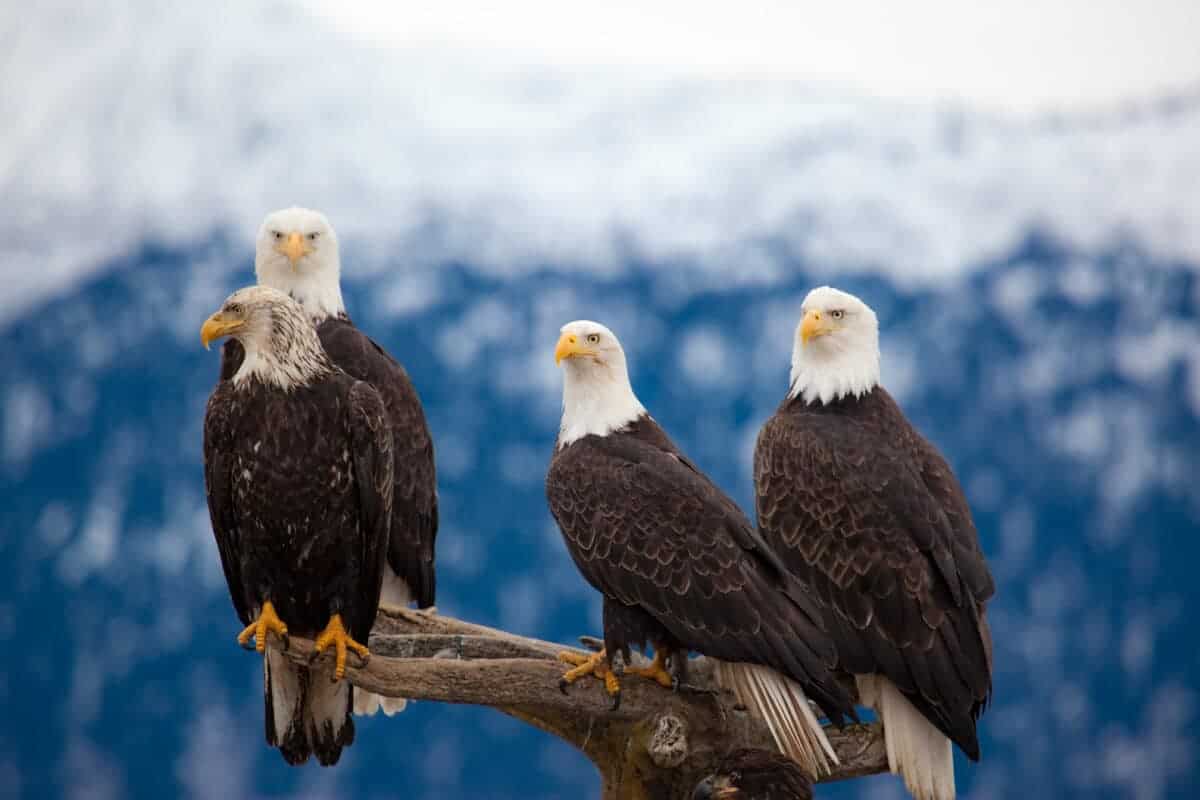
The bald eagle, a symbol of freedom and majesty, is a formidable bird of prey found throughout Alaska. These raptors are carnivores, primarily feasting on fish but also hunting for birds and small mammals. Adult bald eagles can have wingspans exceeding 7 feet and weigh up to 14 pounds. Their keen eyesight allows them to spot prey from incredible distances, and their powerful talons enable them to snatch fish from the water’s surface. Bald eagles are not only skilled hunters but also opportunistic scavengers, often stealing prey from other birds.
Sea Otters (Enhydra lutris):
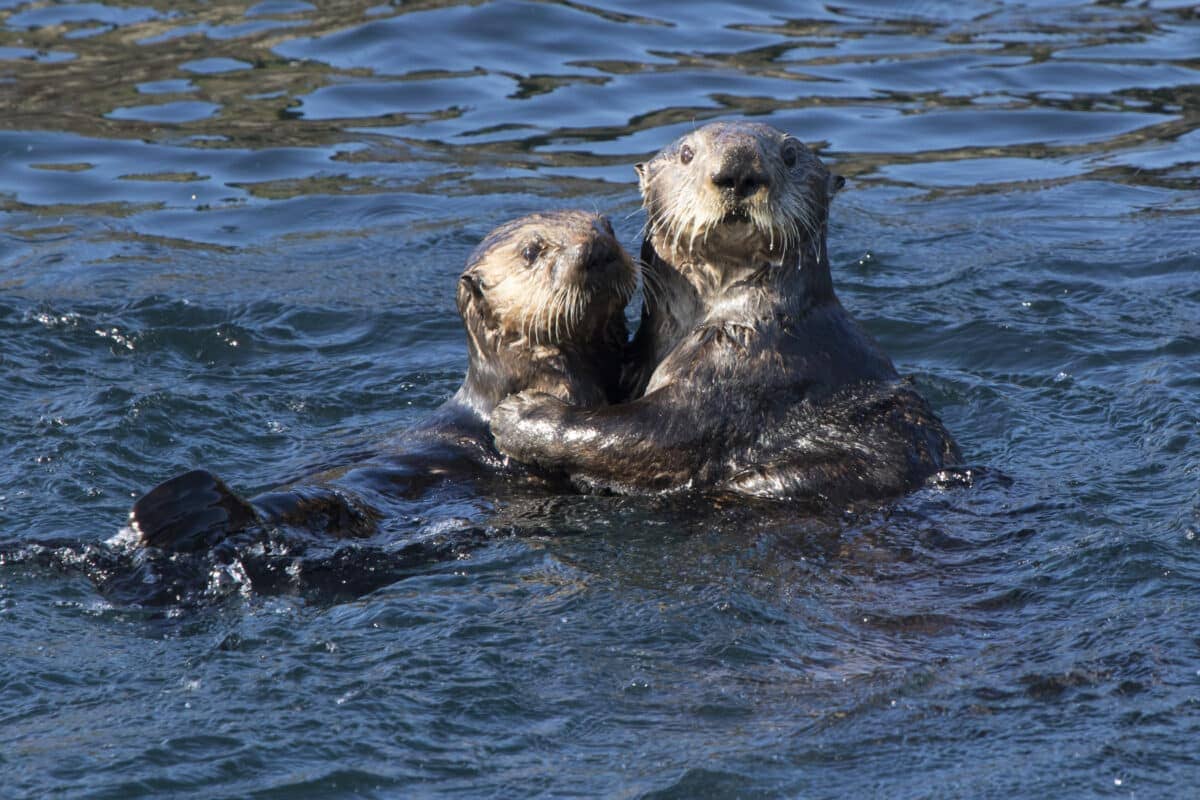
In Alaska’s coastal waters, sea otters play a crucial role in maintaining the balance of marine ecosystems. These marine mammals primarily consume sea urchins, crabs, clams, and various fish species. Adult sea otters weigh between 30 to 100 pounds and exhibit remarkable dexterity in using tools, such as rocks, to crack open shellfish. Sea otters are integral to the health of kelp forests, as they control the population of sea urchins, preventing them from overgrazing on kelp.
Moose (Alces alces):
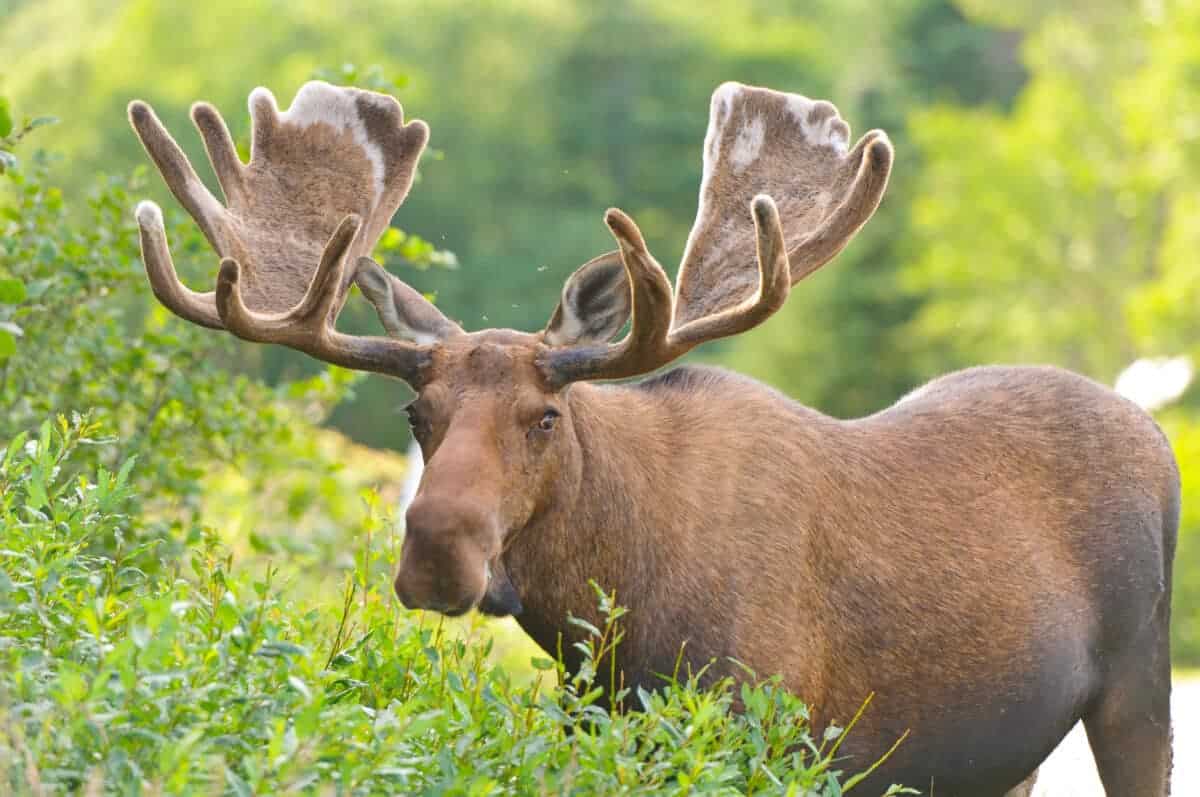
The largest member of the deer family, moose are herbivores that thrive in Alaska’s boreal forests. Their diet primarily consists of aquatic plants, twigs, and leaves. Adult moose can weigh between 800 to 1,500 pounds, with males sporting impressive antlers that can span up to six feet. While moose are not predators in the traditional sense, they can be aggressive and use their size and antlers to defend themselves during the mating season.
Alaska’s wildlife showcases the remarkable adaptability and diversity of species in extreme environments. From the mighty grizzly bear to the graceful sea otter, each animal has evolved unique traits that enable them to thrive in this rugged and breathtaking wilderness. Understanding the diets, sizes, and hunting strategies of these creatures provides a glimpse into the intricate web of life that defines Alaska’s unparalleled natural beauty.
Join our Forum for free today!

- Surprise! Phoenix Zoo Builds an Animal-Friendly Snowy Wonderland - July 25, 2024
- Brazilian Sharks Test Positive for Cocaine - July 25, 2024
- Insects are Dismantling Tunisia’s Crucial Prickly Pear Industry - July 24, 2024

